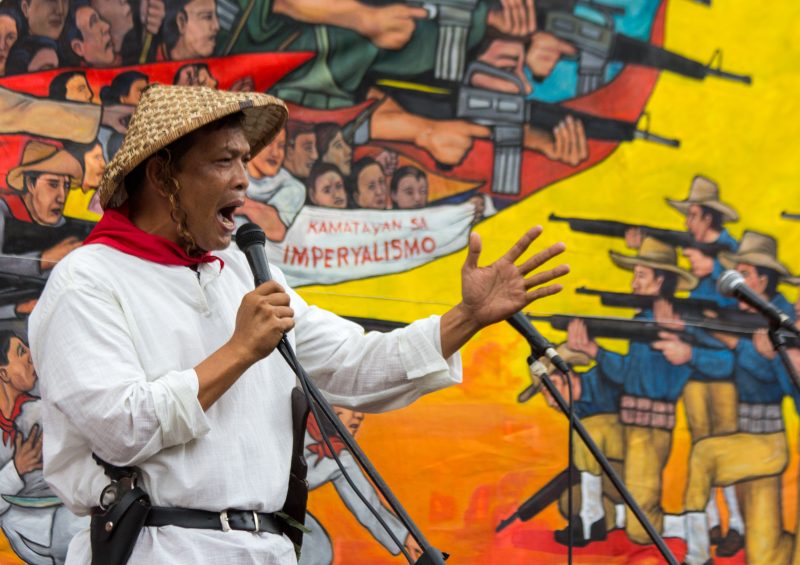On the eve of September 28, 1901, a religious fiesta was in full swing at the village of Balangiga, located at the Southern coast of Samar in Leyte. American soldiers present at the celebration were occupied with feasting and drinking to the point of intoxication.
Meanwhile, a number of Filipino men, led by the village chief of police Valeriano Abanador, prepared weapons and discussed strategies for their surprise attack against the American soldiers the following day.
In the midst of the resulting violence and death, around 48 men were killed–many of them executed–out of the 74 American soldiers who were dispatched to the island. The massacre was considered to be a brutal defeat for the Americans.
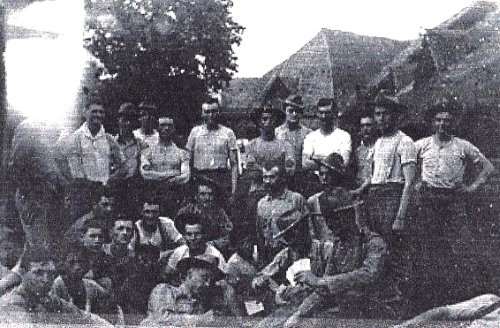
In retaliation, the U.S. Army called for strict pacification measures against the Filipino insurgents in the island. They butchered everyone who was over ten years old. They also brought back to their bases at Cheyenne, Wyoming and South Korea the two church bells from Balangiga church, as spoils of war.
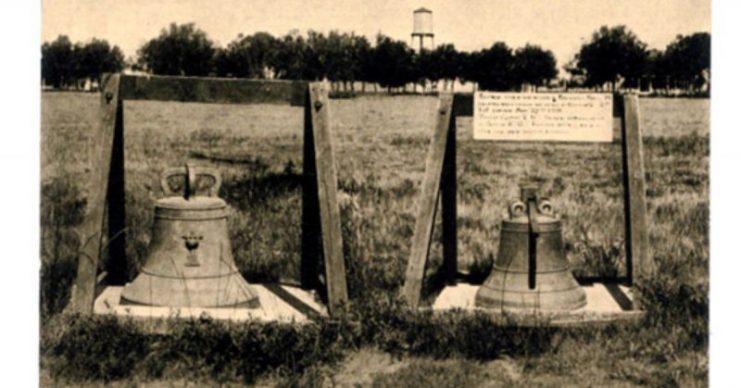
How It All Began
Company C of the 9th U.S. Infantry Regiment, commanded by Captain Thomas W. Connell, arrived at Balangiga on August 11, 1901. Their mission on the island was to close ports and prevent military supplies from reaching Filipino guerrillas stationed in the interior.

The guerrillas were pockets of resistance, surrounding the island, that still revolted against the American regime. This revolt was led by General Vicente Lukban, who had been installed by the now-captured first President, Emilio Aguinaldo. The Americans intended to subdue the guerillas through food deprivation and property destruction.
Although there was initial tension between the villagers and the American soldiers, the relations between them were later marked with amicable fraternization. It was through cock-fighting, tuba drinking and baseball games that this initial accord was achieved between the two parties.
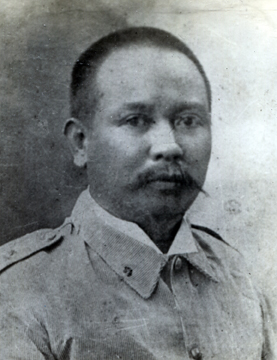
Unfortunately, an incident occurred at the tuba store, in which two American soldiers assaulted a girl who was tending the store. Her brothers luckily came to her rescue and beat up the soldiers. During that time, a cholera outbreak was rampant in the village. Because of the incident, the cholera, and a pending visit by his superior officers, Capt. Connell gathered all the men and forced a clean-up of the town. The village mens’ bolos were confiscated, and the rice stored in the village was destroyed.
Enraged, the Balangiga men began to plot their attack against the American soldiers, with Valeriano Abanador as the mastermind. They gathered whatever they could get for weapons and teamed with two other guerrilla officers. One of their strategies was for some of the men to dress up as women and begin the attack at the church.
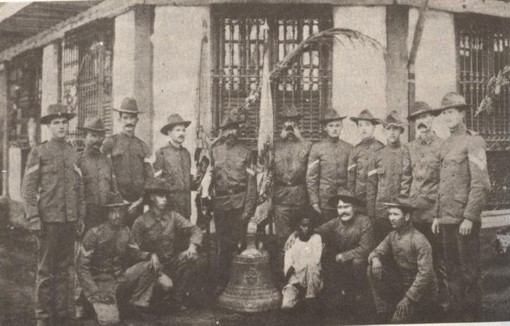
A Dawn of Bloodshed
On the night before the attack, women and children were sent away while the men made their final preparations. At dawn on September 28, the men dressed as women presented themselves for prayer offerings at the church. Meanwhile, Abanador grabbed Private Adolph Gamlin from behind and knocked him unconscious with his rifle.
Abanador then yelled “Attack!” and immediately started slaying guards at the convent and municipal hall. The bells of Balangiga rang moments later, indicating that the attack had begun. Naturally, the villagers had the upper hand through the element of surprise over the American soldiers. The soldiers, most of whom had been eating breakfast and reading the morning paper, had no immediate means of effective defense, as the only weapons handy were kitchen utensils, chairs, and steak knives.
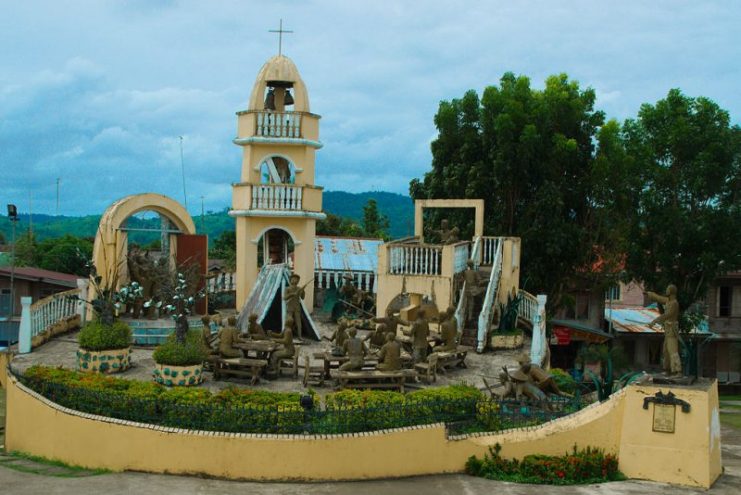
The only thing that brought the gruesome killings to a halt was when the Americans regrouped and projected massive firepower against the villagers–Abanador then ordered a retreat. But with only a few men left and fearing that the Filipinos might attack again, the Americans also fled, using a boroto to escape to Basey, Samar. After the post was abandoned, guerillas seized rifles and rounds of ammunition.
After the carnage
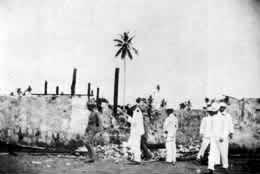
The attack left many casualties: 48 American soldiers and 28 Filipinos dead, and many more wounded. The brutality of the attack shocked many Americans and angered the U.S. Army. As payback, they sent Brig. General Jacob Smith, known as “Howling Jake” on a mission to subdue the insurgents. Smith ordered Marine Maj. Littleton Waller to kill everyone over ten years old. In his words, he wanted “no prisoners alive,” but rather that all be “killed and burned,” and that it would satisfy him to see the island become a “howling wilderness.”

Soon, civilians in Samar were violently butchered and killed by the U.S. Army. The exact number of deaths is still unknown, but figures are estimated around 50,000.
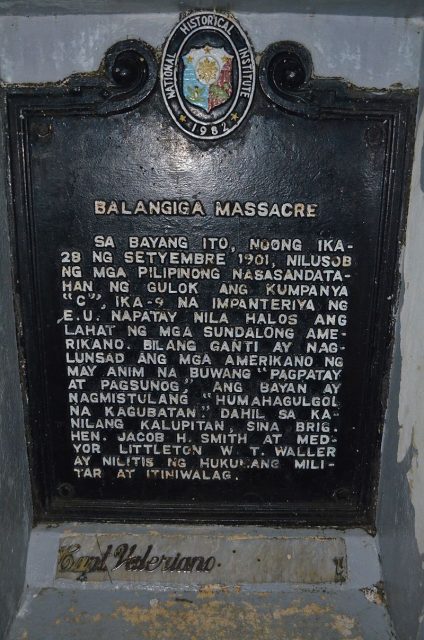
Read another story from us: The Philippines – The First US Colony
The bells that rang at Balangiga church during the massacre were seized and taken back to the Army bases in Wyoming and South Korea, where they remain to this day. The atrocities at Samar led to a suppressive campaign against Waller and Smith. They were tried in separate courts and forced to retire.
